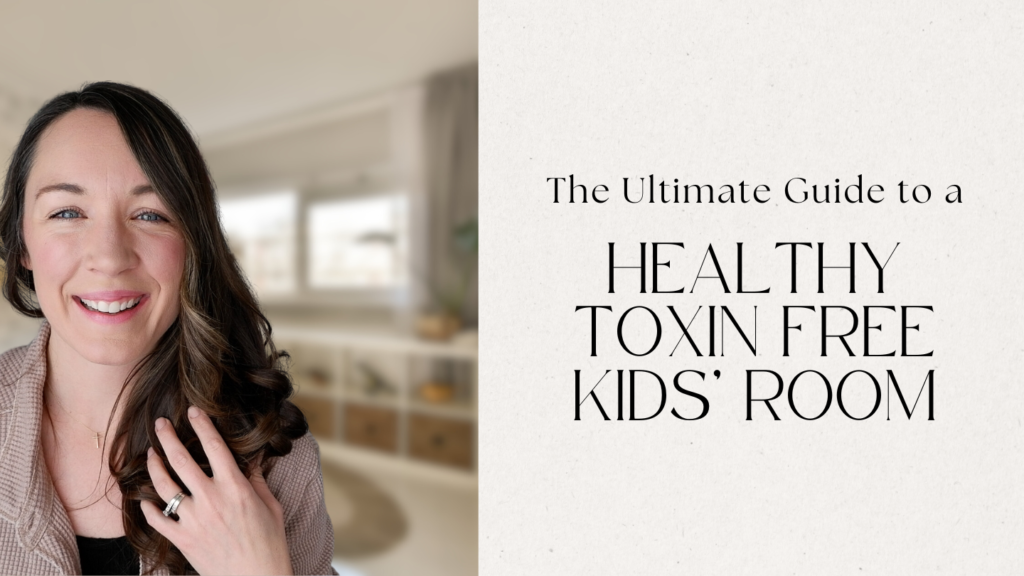
If you have kids (or grandkids or nieces and nephews), you know that their bedroom is an important place to them. And there so many kids bedroom ideas to consider.
But have you ever thought about how important this space is to their health too?
Kids will typically spend at least half of a 24 hour period in their bedrooms.
That’s A LOT of time.
And because it’s a huge chunk of time, it’s SO important that this space is healthy and free from as many toxins as possible.
Another reason? Kids are not just smaller versions of adults.
While our internal systems are fully developed and capable of filtering out toxins while protecting other organs from being impacted, children have an undeveloped blood-brain barrier that allows many of these same toxins to pass through before getting filtered out.
Not to mention kids have thinner and less dense skin and skeletal systems.
Meaning toxins can be absorbed at a quicker rate when compared to adults.
And can we talk about hand to mouth habits? I don’t care how old kids are, they will almost ALWAYS touch their faces and mouths more than adults.
It’s this habit that creates the perfect avenue for toxin exposure as they ingest toxic house dust more frequently than anyone else.
Come along with me this week as we step into what a toxin free kids’ bedroom looks like in regards to habit, products and materials.
TOXINS IN KIDS PRODUCTS AND DECOR
A typical kids’ room is FILLED with items, decor and materials that contain a slew of toxins. Understanding what toxins can be in your kids room can ultimately help you avoid them in the future. Take into consideration these non toxic kids bedroom ideas to transform your own child’s room.
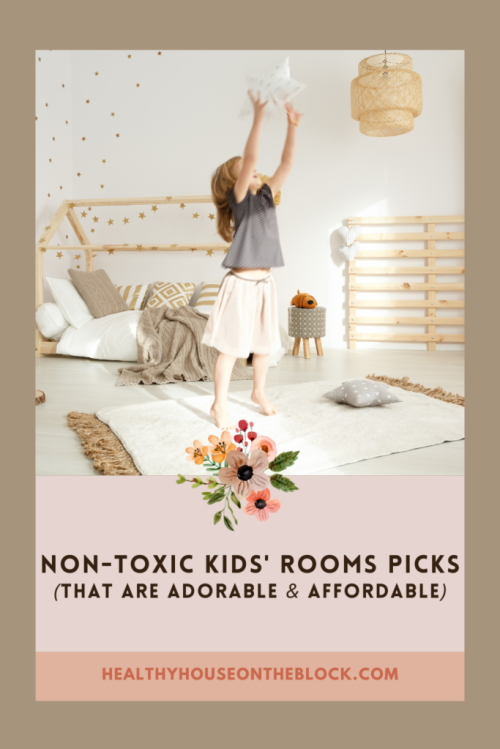
Flame Retardants: Flame retardants are added to textiles, mattresses, rugs and other components of kids room items. Flame retardants have been shown to increase the likelihood of aggression and defiance in kids (STUDY) as well as delay their neurological function, cognitive development and problem solving skills (STUDY).
Flame retardants have also been linked to weakened immune systems (STUDY) , thyroid and adrenal gland irregularities (STUDY) and problems with reproductive organs. (STUDY). On top of all these other issues, flame retardants are a known carcinogen and have been linked to an increased risk in thyroid cancer, the fastest increasing cancer in the US currently. (STUDY)
Phthalates: Phthalates are found in plastic and vinyl toys, plastic furniture, vinyl flooring, wallpaper and vinyl blinds. What we know is that often children’s exposure is well over the EPAs allotted “safe limit” of phthalates (STUDY). Phthalates have been linked to neurological toxicity in kids as well as have adverse impacts on neurodevelopment, including lower IQ, problems with attention and hyperactivity and poorer social communication. (STUDY)
Phthalates also disrupt the endocrine system and can cause issues with thyroid, immune function and the reproductive process. (STUDY)
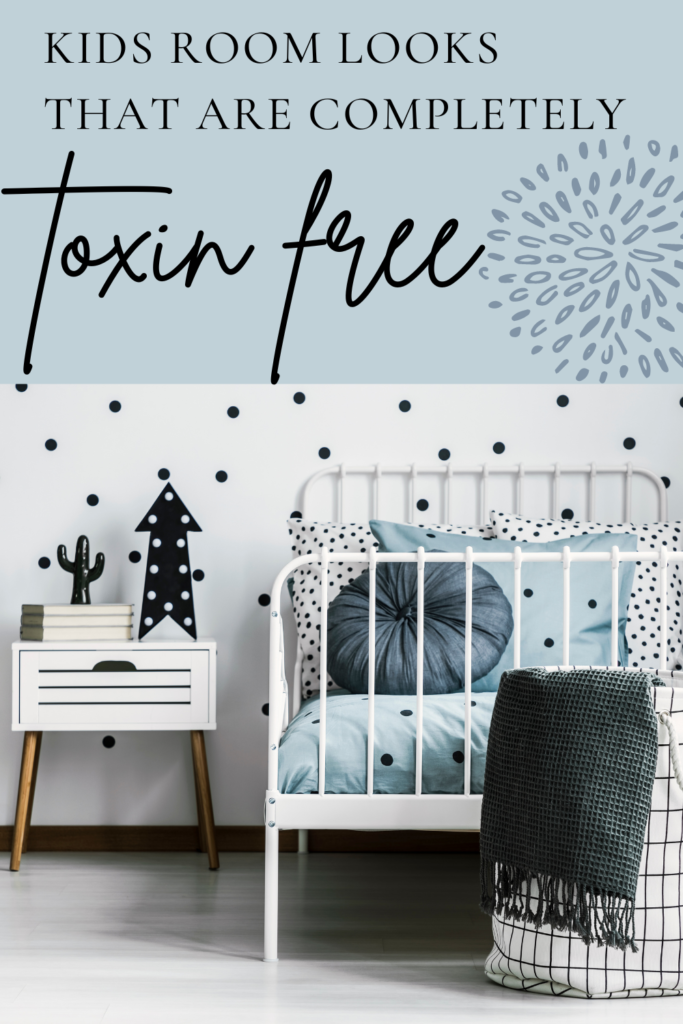
Pesticides: Pesticides can be found in any sort of textile or fabric that you bring into your kids room. Pesticide exposure has been linked to increased risk of being diagnosed with ADHD (STUDY) as well as an increased risk of childhood cancer (STUDY).
Pesticides have also been shown to disrupt the body’s natural endocrine function and have potential to disrupt natural development in kids and babies. (STUDY)
Formaldehyde: Formaldehyde is a VOC and is found in anything from furniture to pillows, bedding and upholstery products. It is in SO many places around our homes and in our kids rooms. Some of the big health concerns that go along with formaldehyde are an increased risk of cancer and disruption to healthy cell development in the body. (STUDY)
Formaldehyde has also been linked to issues in neurodevelopment of the brain and development of the pulmonary system in general. (STUDY)
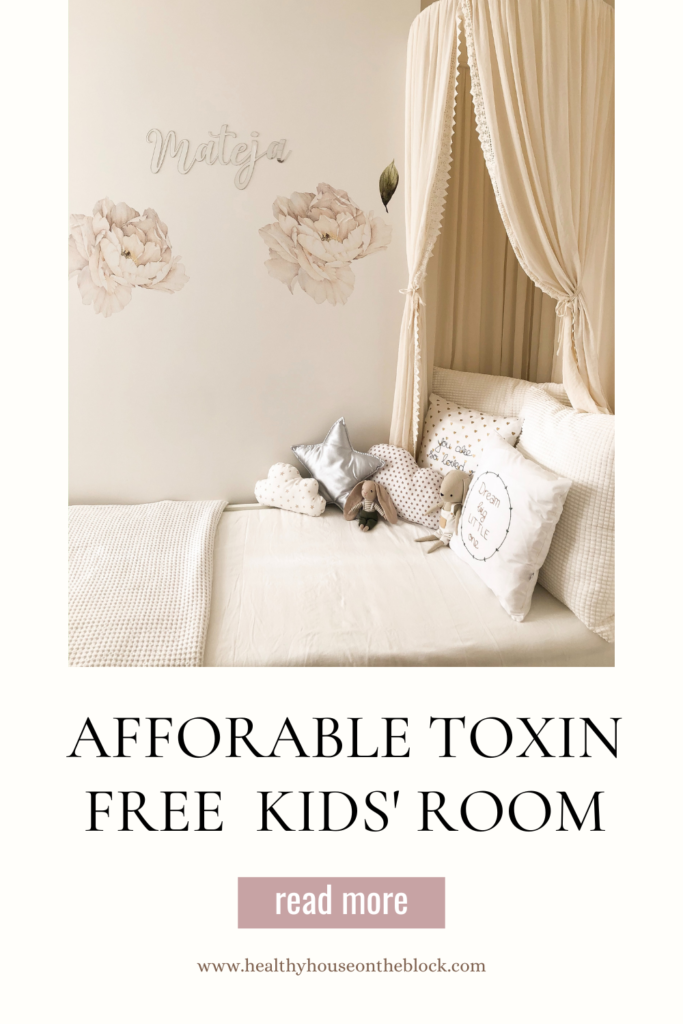
VOCs: Volatile Organic Compounds are present in many materials and options we bring into our homes: furniture, carpet, flooring, upholstery and cleaning products. There are HUNDREDS of VOCs both in nature and in our home, and it’s impossible to remove them all — but you can certainly reduce them drastically.
This blog post lists the 9 most harmful VOCs in your home, but it’s important to know that most of them damage the kidneys and liver, disrupt the endocrine system and can cause respiratory issues in children. Many of them are also carcinogenic in nature.
Polyvinyl Chloride: Often times referred to as PVC, polyvinyl chloride is another material that is in SO many of our day to day items and materials. It can be found in strollers, car seats, window shades and frames, high chairs, carpet backing, mattress covers and most plastic or vinyl materials.
PVC has been linked to endocrine disruption that in turn plays a role in childhood obesity (STUDY). PVC toxins have also been linked to cancer (STUDY) and neurological toxicity in kids.
Products and Items to Work on Removing from Your Kids Bedrooms:
Every time we go through a room and space in hopes to make it healthier, there is a two-fold process at the core. Essentially it boils down to removing toxic items and bringing in items that are lower in toxins.
When you do an audit of your kids room for toxic items and materials, you may see things that you can just plain get rid of. But there may be other items (like mattresses, pillows, etc.), that truly need to be replaced rather than just removed.
Some items you can work on getting rid of right away are:
Squishmallows and Squishies: These beloved items are not only a great home for dustmites, but they contain some pretty harsh chemicals and toxins. They can contain phthalates, VOCs and parabens. Some lines have also been tested to contain heavy metals such as lead. This study by a Danish agency analyzed the toys and found some unacceptably high levels.
Anything with Fragrance: If you can help it, I’d ditch all synthetic fragrances in your kids’ rooms. That means dolls, toys, lotions, candles or some sort of room freshener. Fragrance made out of synthetic chemicals and ingredients can impact natural hormone production and really contribute to overall body burden. It’s a HUGE toxin for kids as they’re systems are continue to develop.
Particle Board Furniture: Furniture that is made of particleboard, MDF or any other kind of man-made or pressed wood is something to start working out of your child’s space. These pieces of furniture contain high levels of VOCs and Formaldehyde in the adhesives that hold the wood pieces together. It might be something you have to plan for down the road, but any items you can get out now will make your child’s space healthier.
Toxic Waterproof Mattress Covers: Most mattress covers for kids’ beds are made to also be waterproof. Typically, any time that is waterproof contains toxins like polyvinyl chloride, phthalates and other plasticizers. These toxins are known carcinogens and can also disrupt hormone systems and contribute to childhood asthma. If you can’t swap out anything else, consider getting a healthier mattress cover that doesn’t contain these plastic toxins.
Kids Bedroom Ideas: Habits to Start
The other piece of the puzzle when it comes to detoxing a space is starting to look at habits you can implement. Habits are a great way to continue to prevent toxins inside your space. Some habits you can start in your kids rooms are:
- Dust and Vacuum on a Regular Basis: We know that dust contains a number of toxins such as phthalates, pesticides, flame retardants and microplastics. By removing dust on a regular basis, you’re also removing toxins. It should also be mentioned that dust is food for mold and dustmites. Make it a habit to dust and vacuum on a regular basis.
- Open the Shades Every Morning: The more often the shades are open, the better the climate will be inside your child’s space. Sometimes it can be hard, especially if you still have a napper, but it’s well worth it. Windows that have shades drawn can have condensation issues that may go unnoticed. It’s important to let the windows breathe and allow condensation to evaporate. It’s also important to let natural sunlight into rooms to get rid of bacteria and dustmites.
- Keep Electronics Away from the Bed: Sound machines, purifiers, clocks and monitors should be as far away from your child’s bed as possible. EMFs disrupt sleep and can cause disruption in neurodevelopment in children. The farther electronic items are away from your child’s bed, the better it will be for their health and wellness.
- Reduce the Number of Items in the Room: Essentially keeping items out of the room will reduce the introduction of toxins and areas that dust can collect. The best practice is to keep your child’s room pretty basic. If toys do have to be store in your child’s room, try to have them in baskets or containers that are put away.
- Run an Air Purifier and Change Filters Frequently: An air purifier will help reduce toxins like microplastics, flame retardants, mold and phthalates. Running and air purifier while your child sleeps can also help them sleep better as the air purifier will reduce allergens in the air. It’s a great way to drastically improve the air inside your child’s room. I use Medify Air in all my kid’s bedrooms, and you can even use my $15 off coupon for yours (Code HHOTB15).
- Use a Humidifier in a Healthy Way: A lot of kids need to use humidifiers from time to time. However, it’s important to use them in a really healthy way so they don’t actually make your space toxic. This post I did goes into detail about humidifiers and how to use them, but essentially, we want to let the humidifier dry out thoroughly every single day. Make sure not to use the humidifier near walls or upholstered furniture and never use your humidifier on the “high” setting. A Carepod Humidifier is my favorite humidifier to use as it’s stainless steel and you can prevent mold and mildew from forming inside the reservoir.
HEALTHY KIDS BEDROOM IDEAS PICKS:
GreenGuard Furniture: Beds
The beds below are certified GreenGuard and GreenGuard Gold for low toxins, healthy materials and healthy manufacturing:
GreenGuard Furniture: Dressers, Nightstands & Desk
The dressers, nightstands and desk below are certified GreenGuard and GreenGuard Gold for low toxins, healthy materials and healthy manufacturing:
Organic Bedding
The following duvet covers are Oeko-Tex Standard and are 100% organic cotton from The Home Company and MakeMake Organics
ORGANIC SHEETS
The Company Store and MakeMake Organics are EXCELLENT places to find organic cotton sheets for your kid’s room. They have so many options and different styles and designs that ANYONE can find exactly what they want to make the perfectly put-together bed.
BASKETS, DRAPES & ACCESSORIES
While most of the time it’s not possible to find 100% organic materials in baskets, storage and drapes, you can still opt for a more natural material such as 100% cotton, linen or a jute.
I love the storage solutions from Rugs by Roo – and just like their rugs, they’re made with high quality materials.
As for drapes and curtains, you can find a few available, but if you’re looking for a creative alternative, you can always check Etsy, or even find organic cotton fabric and make your own.
Here are some of my favorite options:
The Baisc to Creating a Healthy Kids Room:
These items are perfect staples in any kids room. Not only are they safe and healthy in terms of materials, but you can also improve the indoor air quality of the room by using a top fill humidifier and air purifier.
- CarePod Humidifier (stainless steel and prevents mold and mildew)
- Coop Pillows (Organic and GreenGuard Certified)
- GOTS Certified Duvet Insert
- Medify Air Purifier (read my review here and be sure to use code HHOTB15 for $15 off)
- MakeMake Organics Sheet Sets
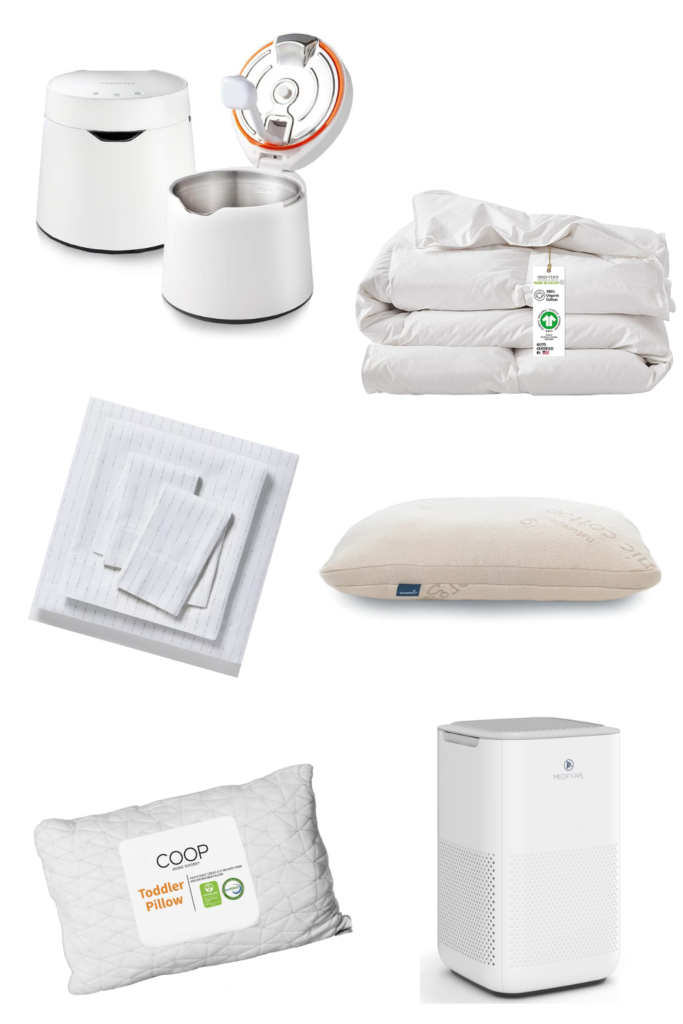
Whether your kids are still small or you have older kids, these kids bedroom ideas and products will help create a sanctuary for them. A healthy bedroom will help reduce the body burden that may currently impact their developing systems. It will give them space to naturally detoxify as they spend large amounts of time in their room and provide them the foundation they need for a healthy childhood.
Share this:
- Click to share on Facebook (Opens in new window) Facebook
- Click to share on LinkedIn (Opens in new window) LinkedIn
- Click to share on Reddit (Opens in new window) Reddit
- Click to share on Pinterest (Opens in new window) Pinterest
- Click to print (Opens in new window) Print
- Click to share on X (Opens in new window) X

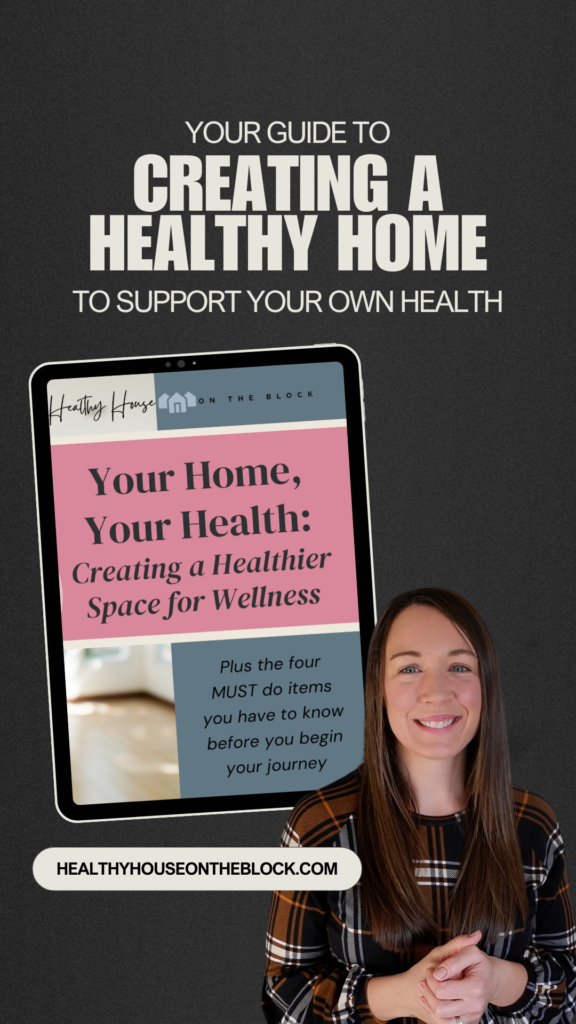

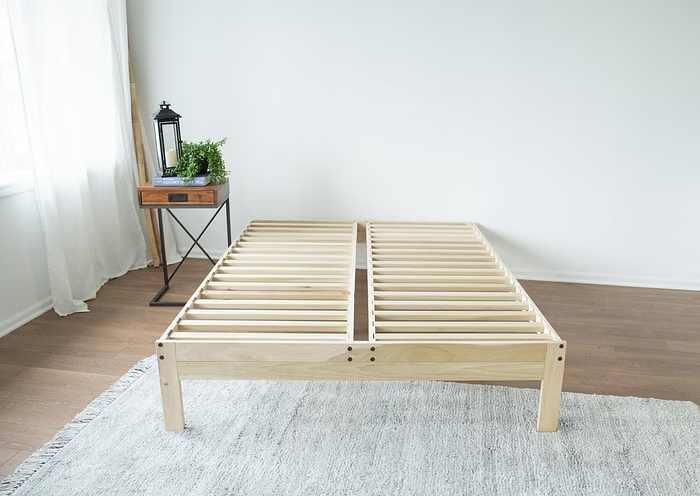
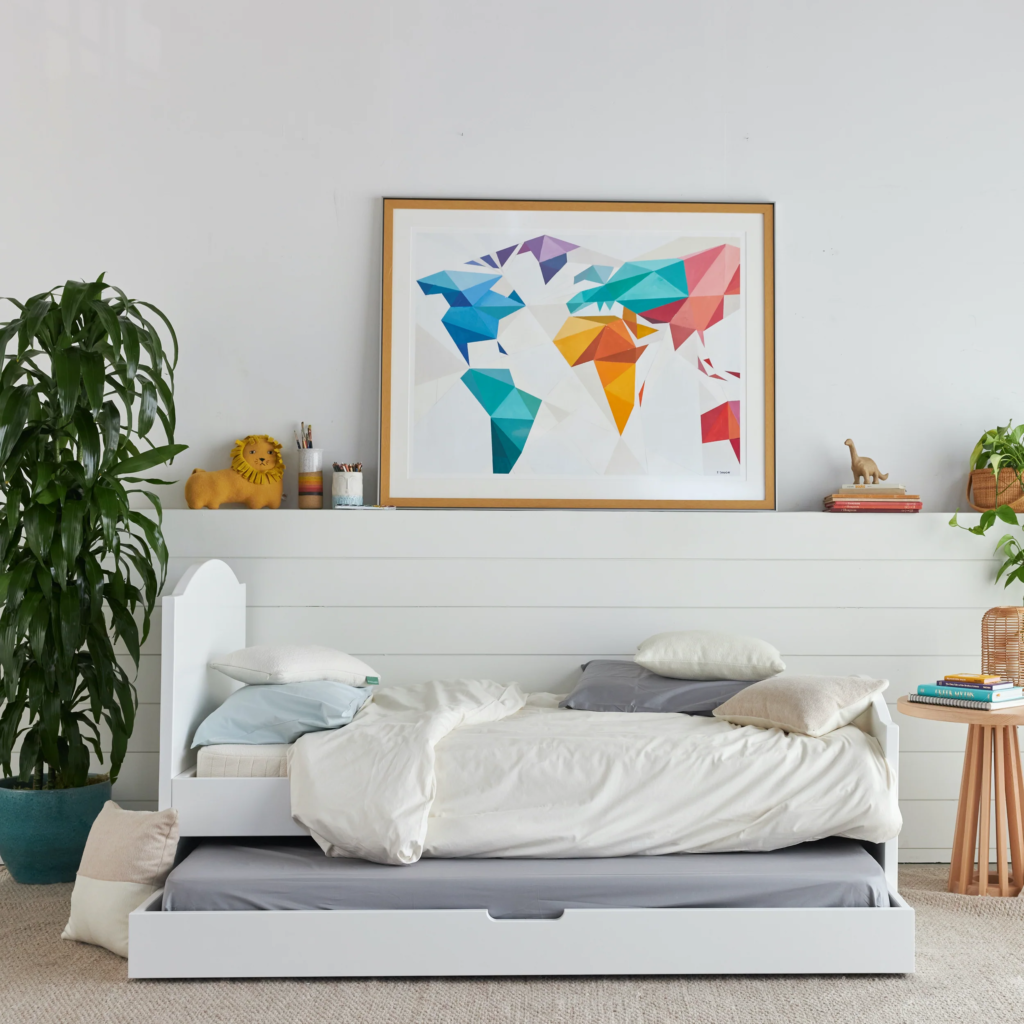
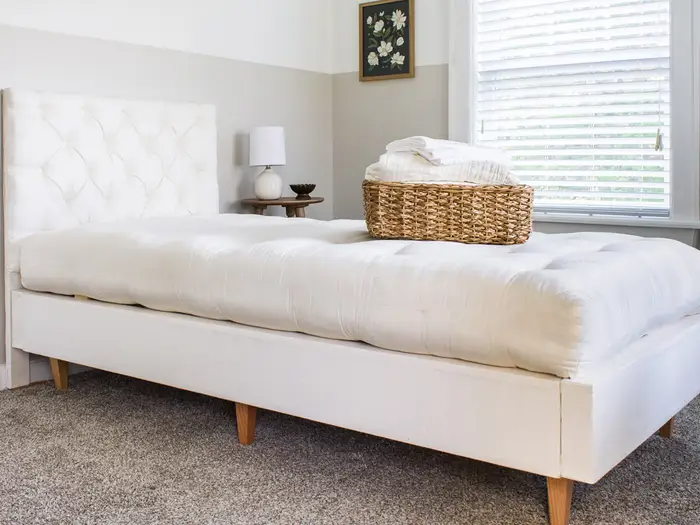
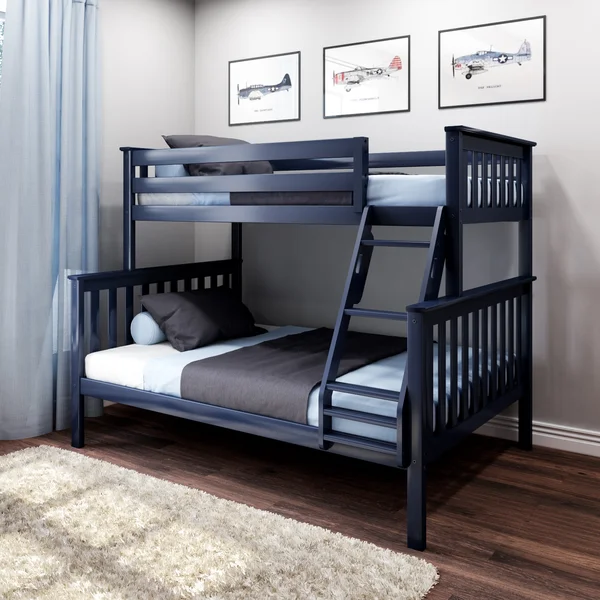
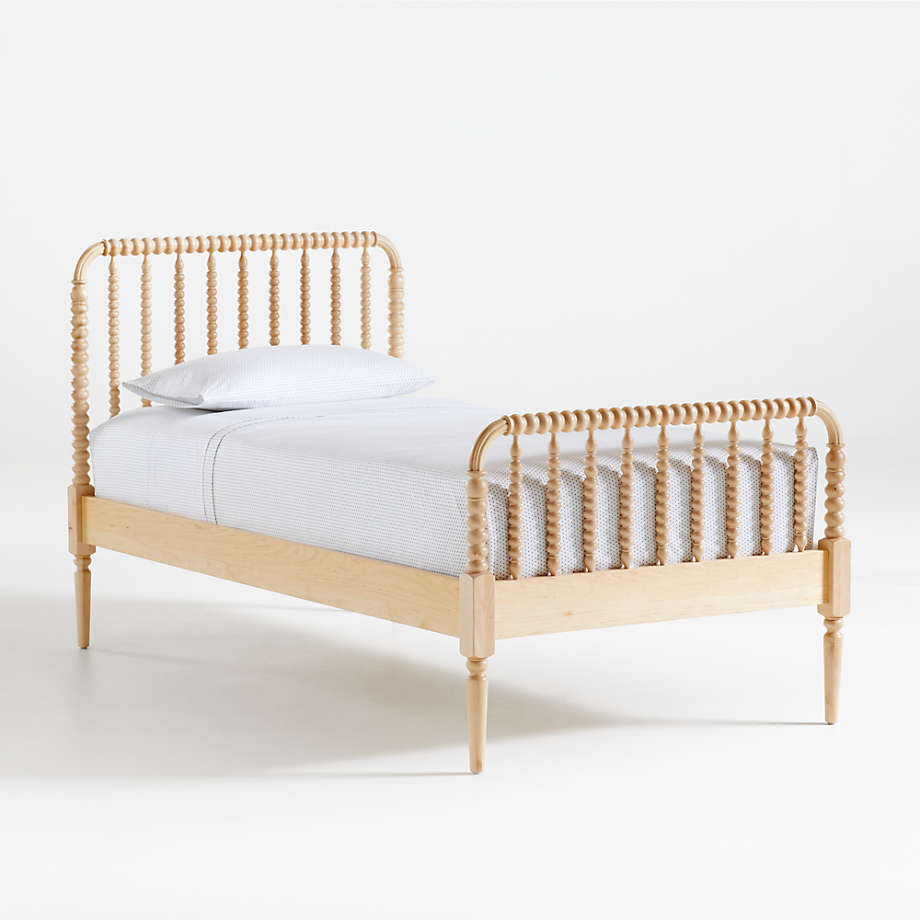
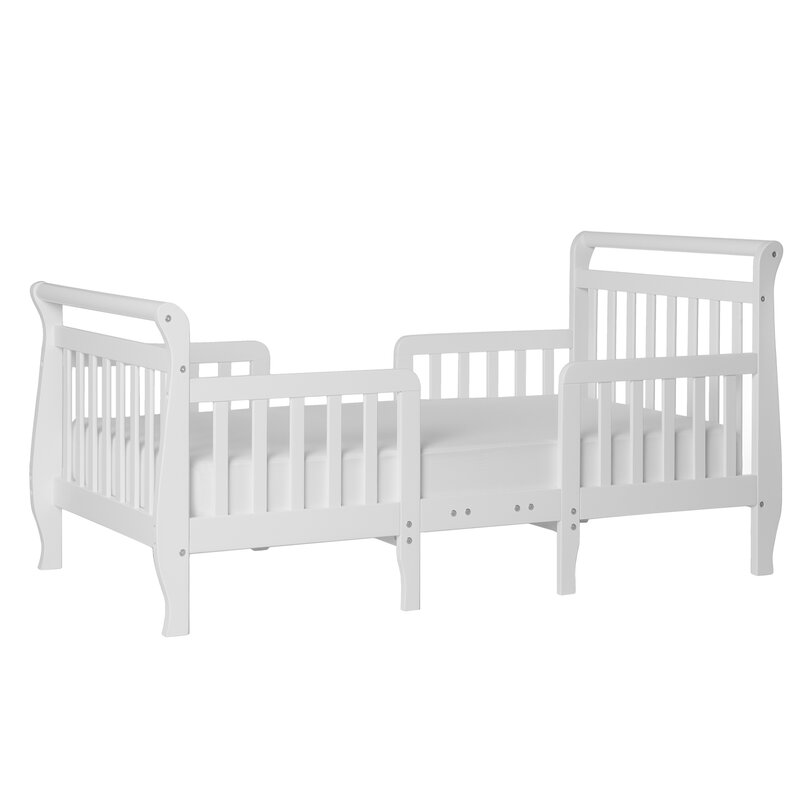
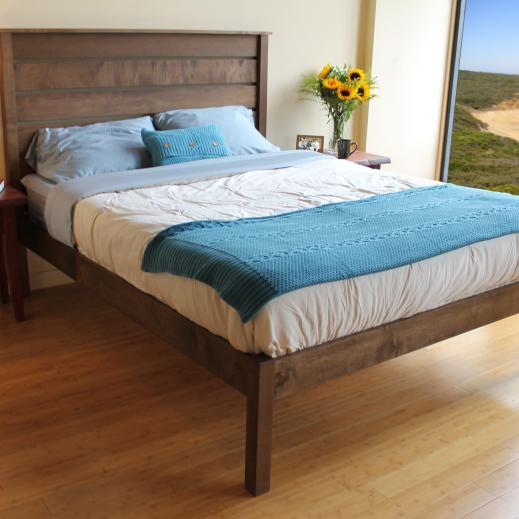
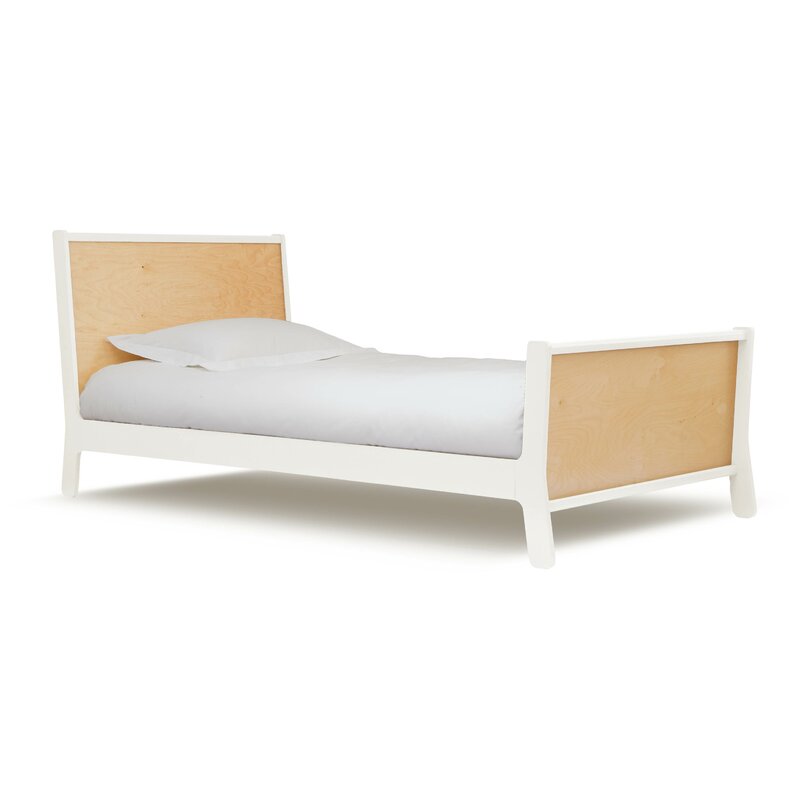
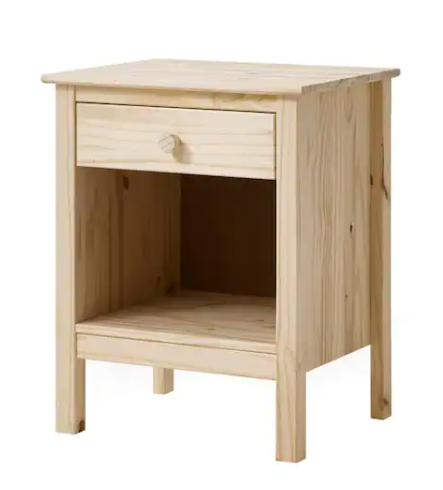
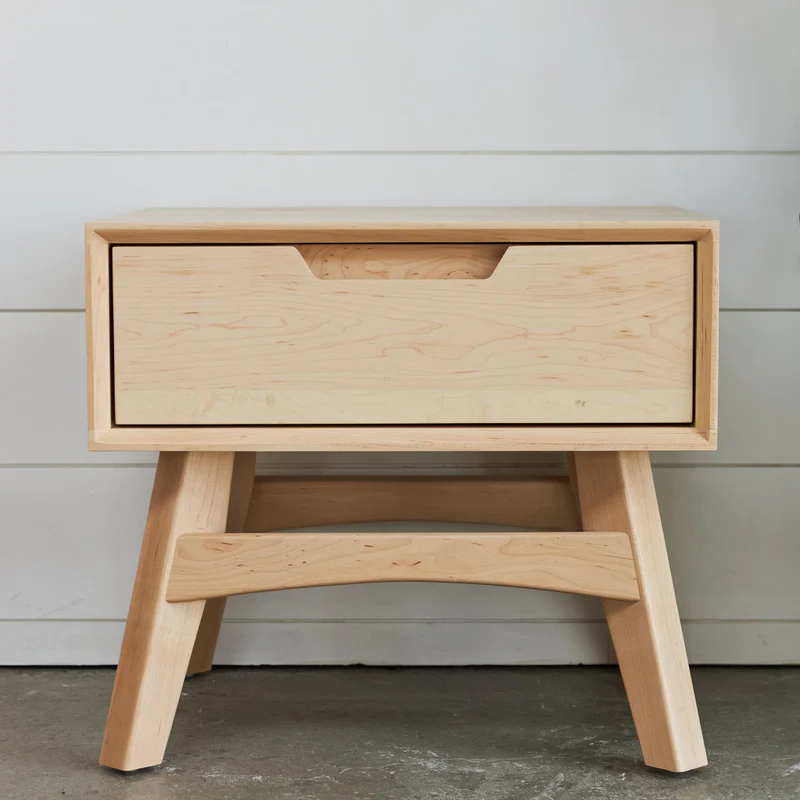
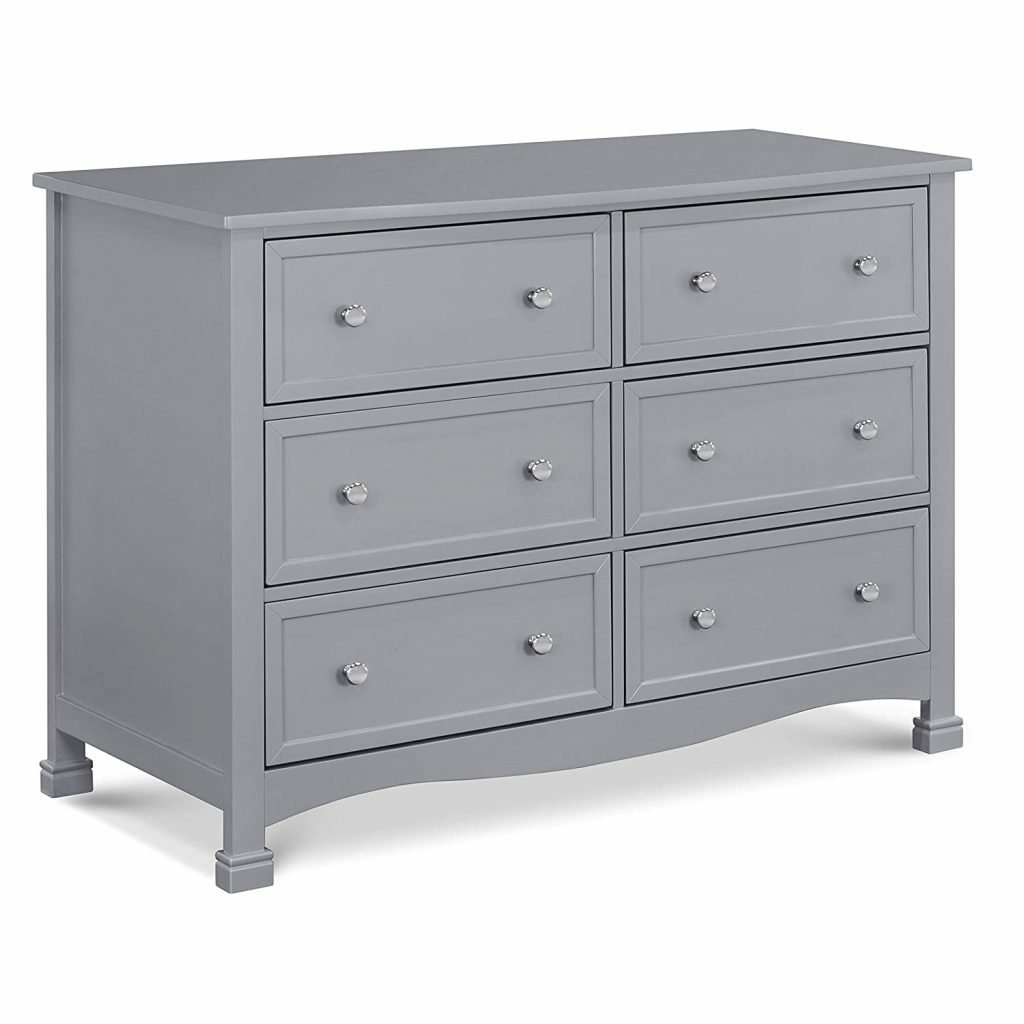
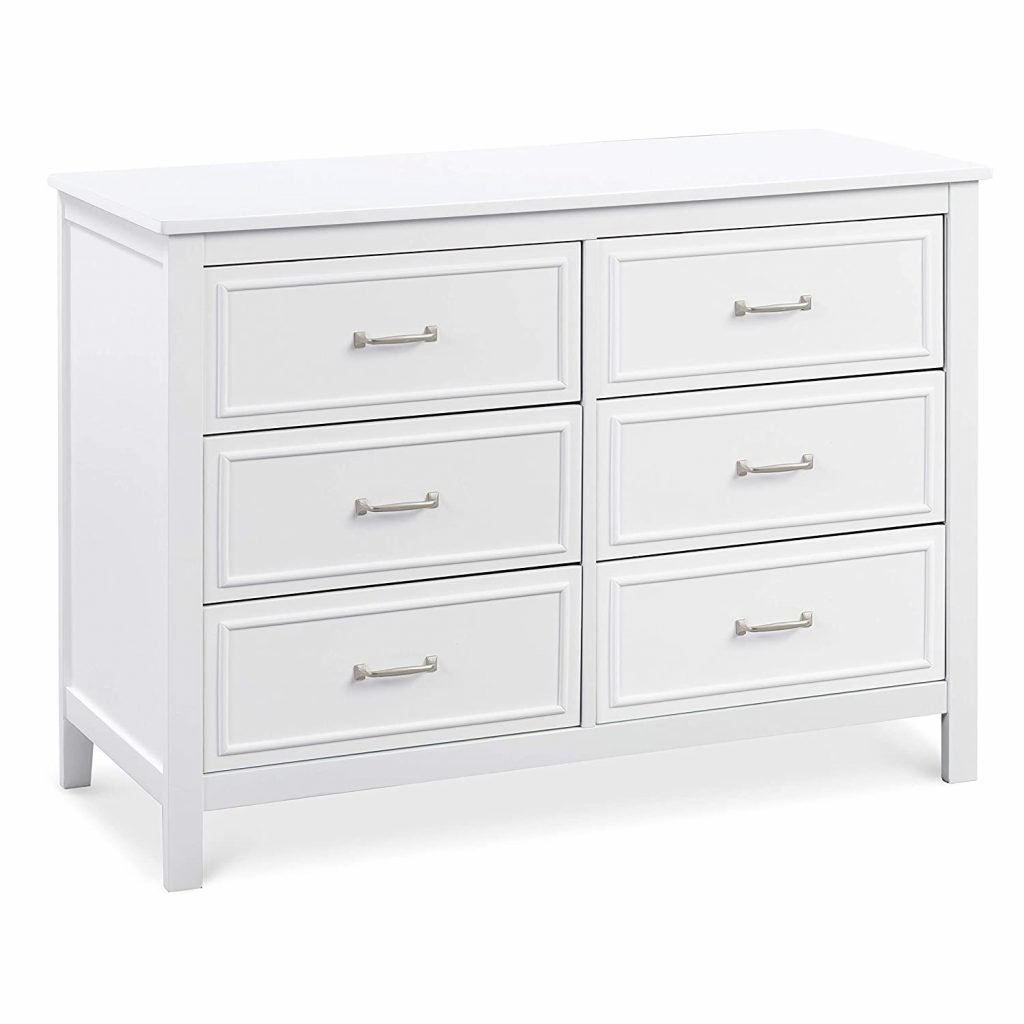
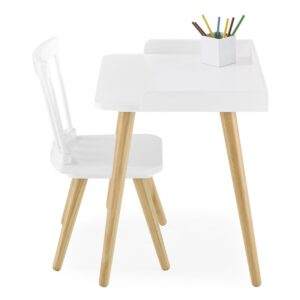
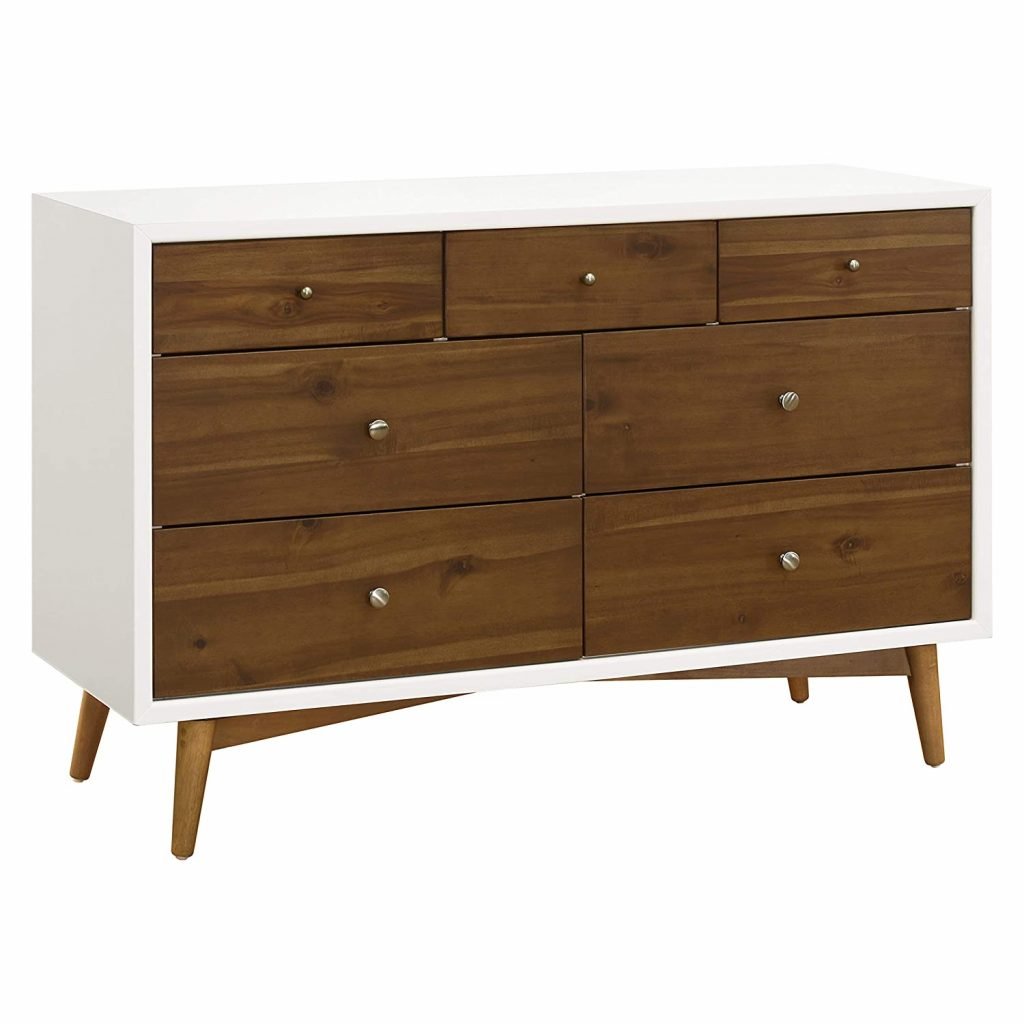
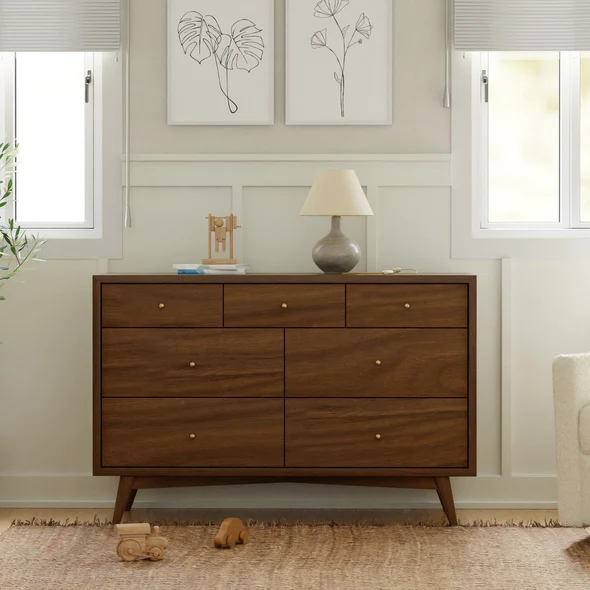
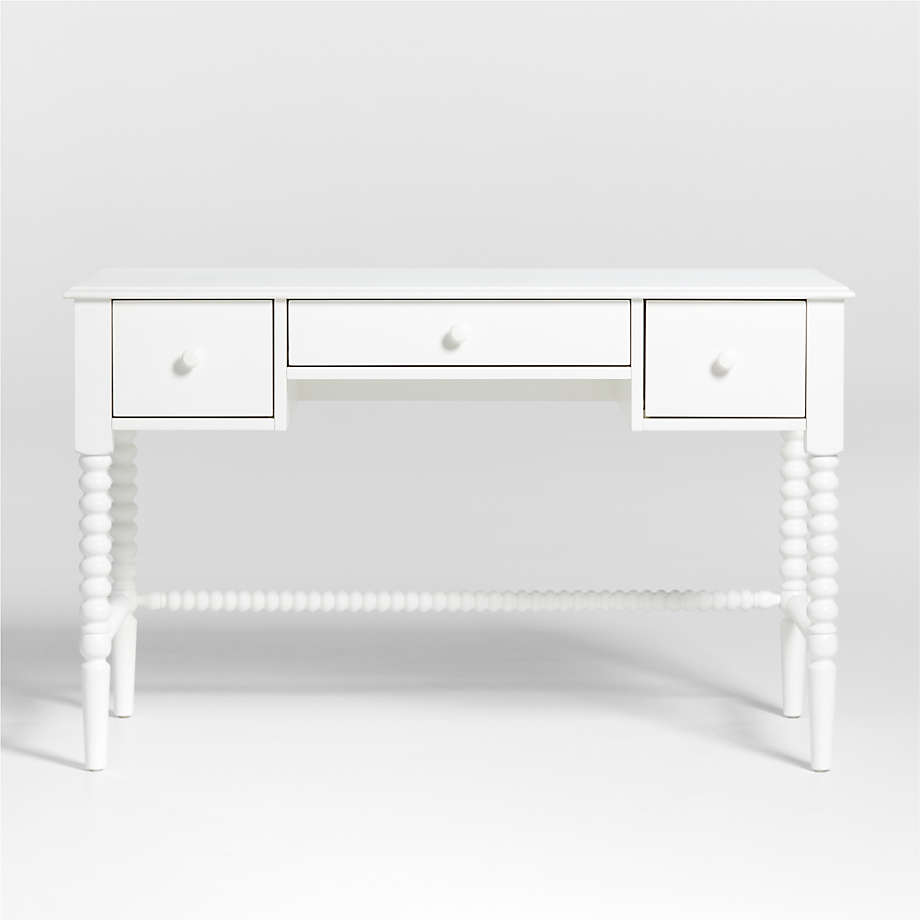
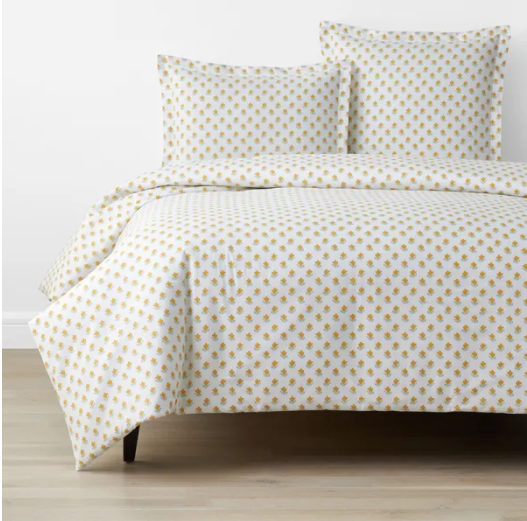
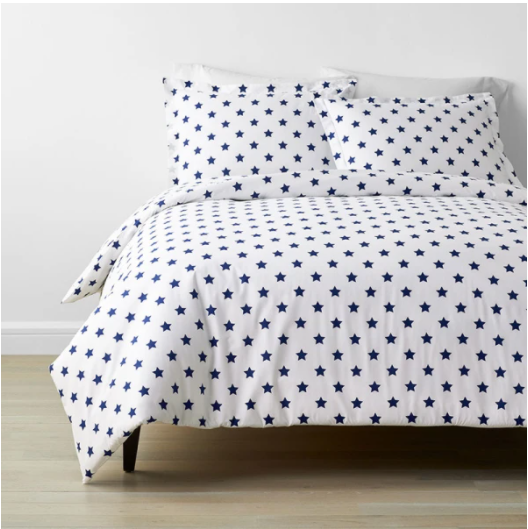
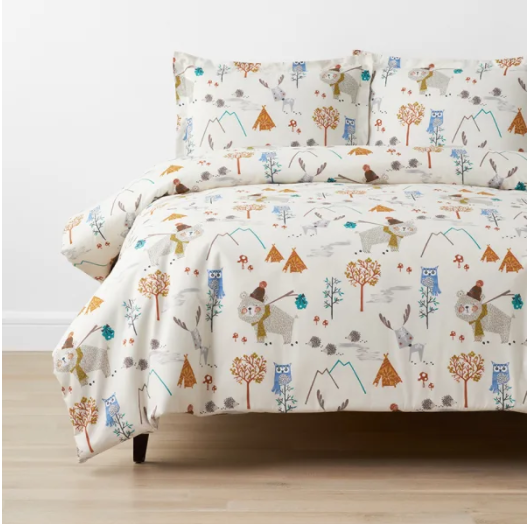
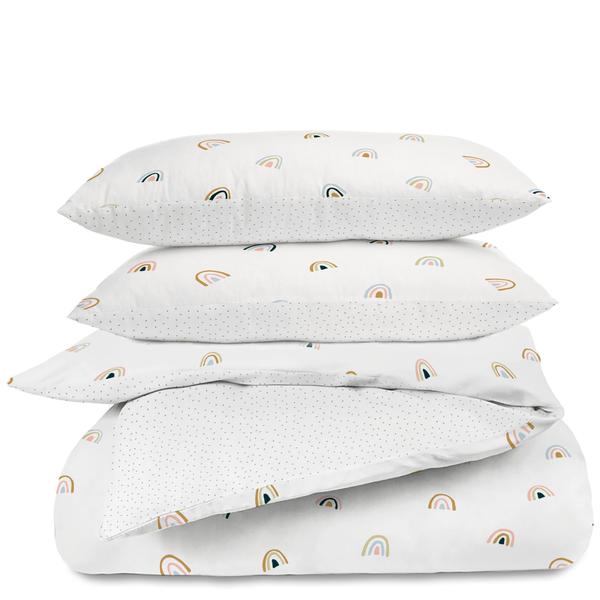
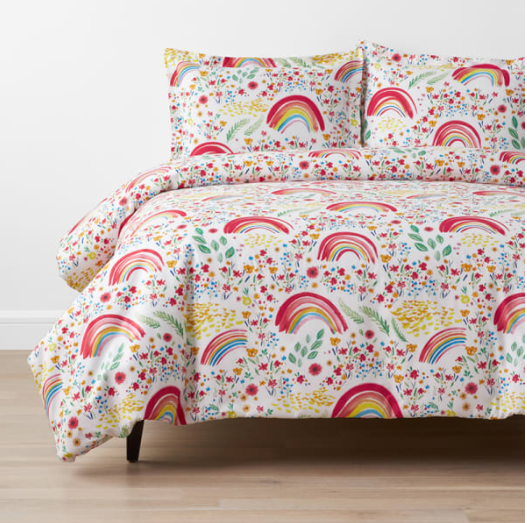
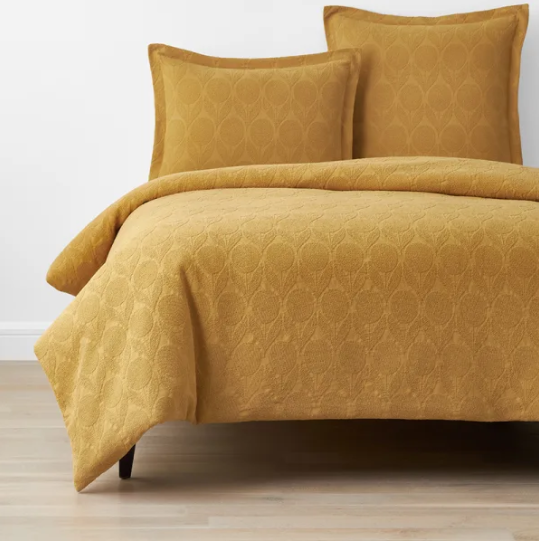
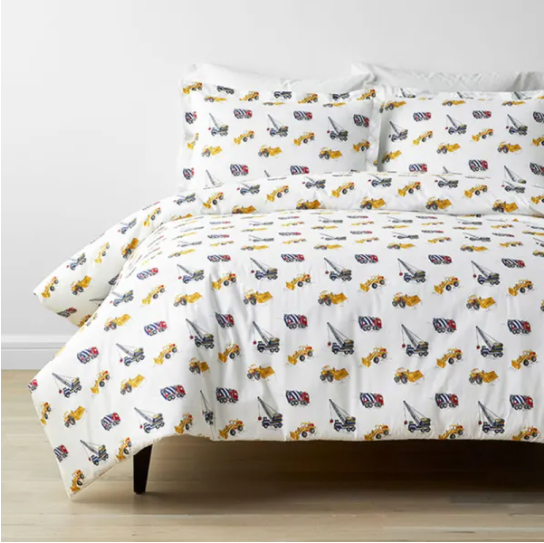

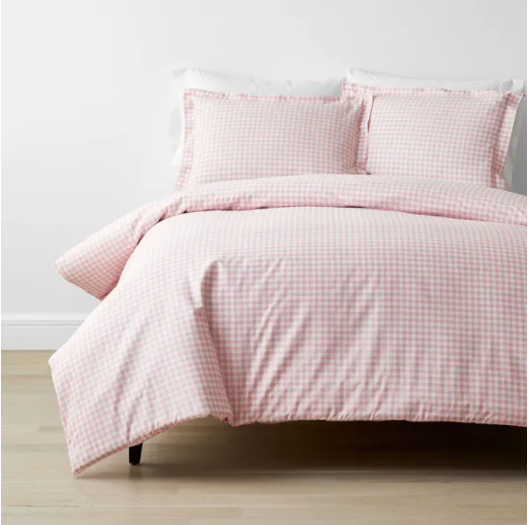
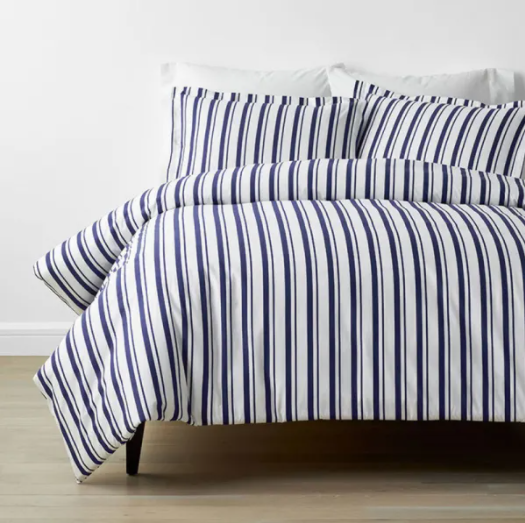
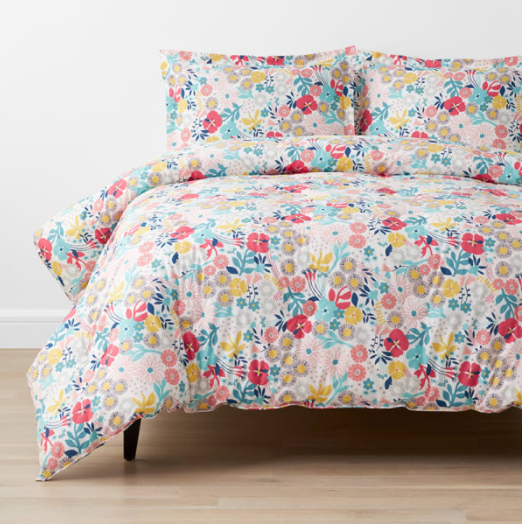
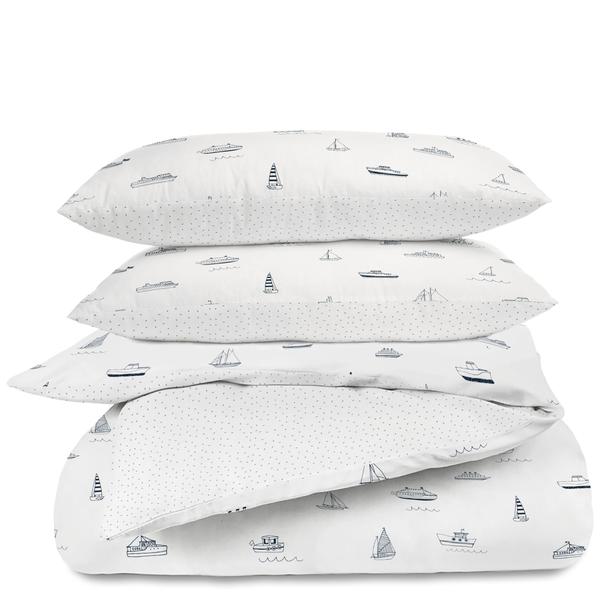


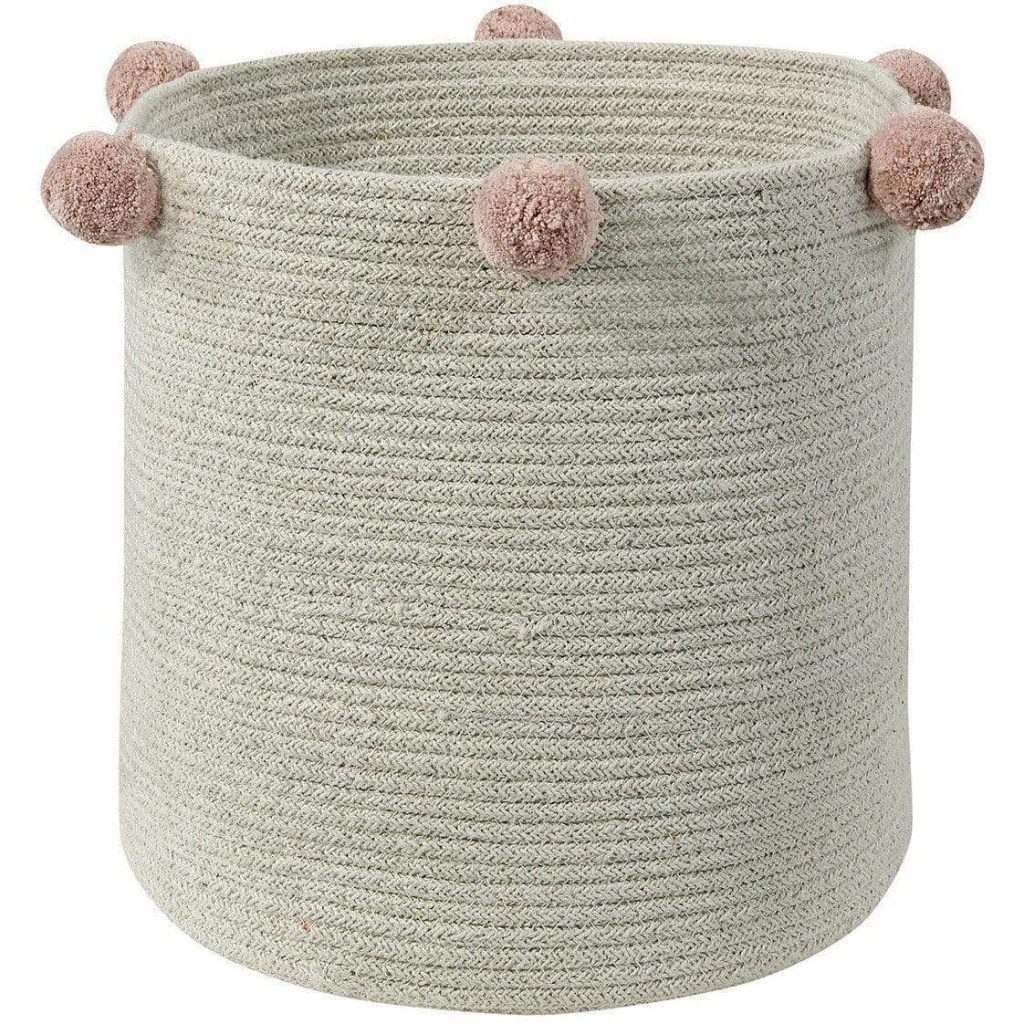
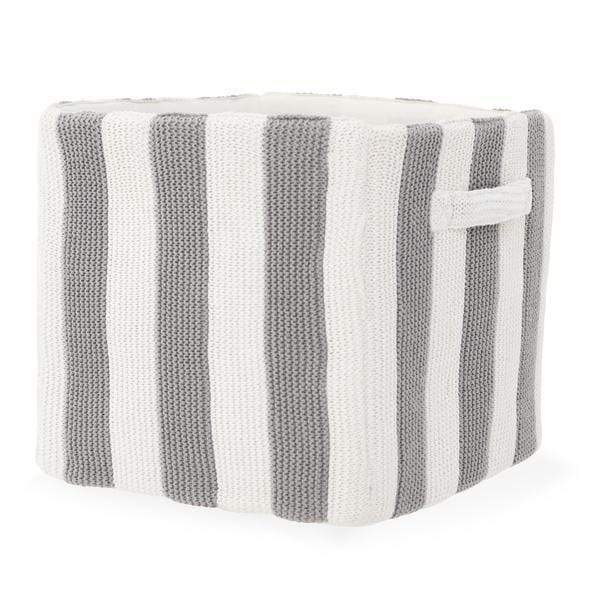
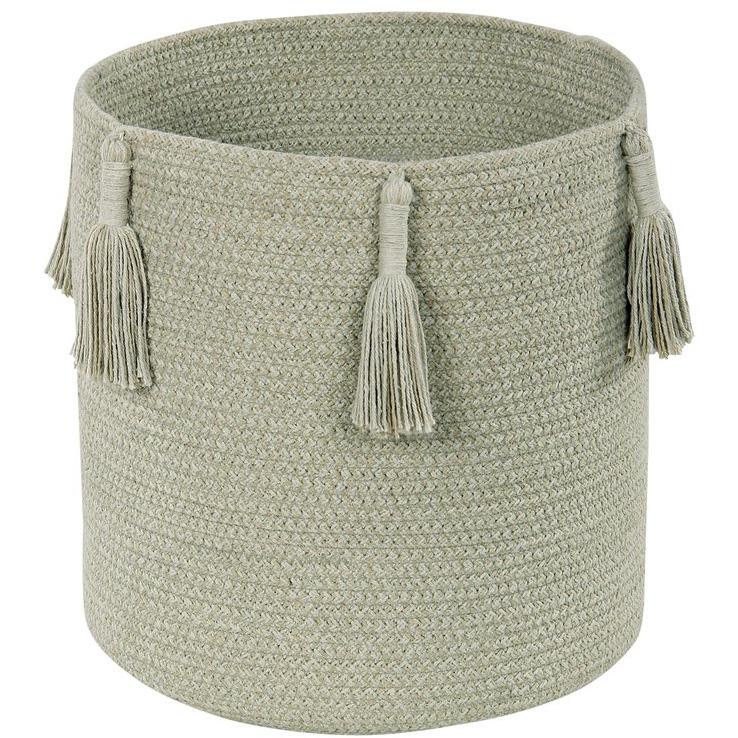
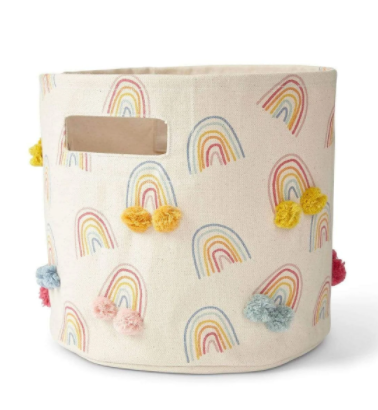
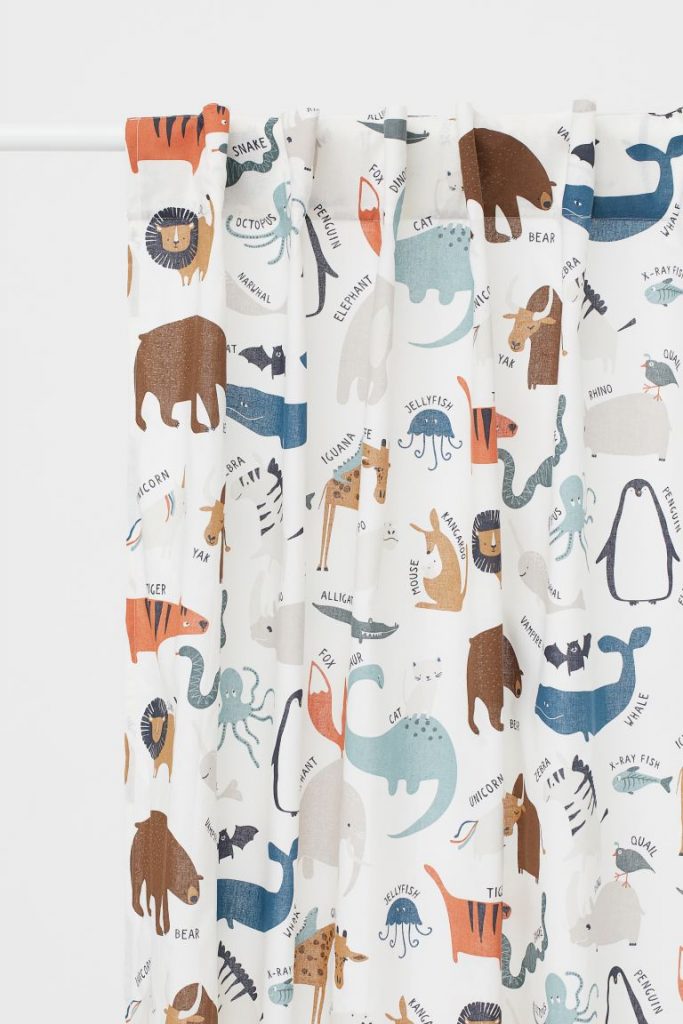
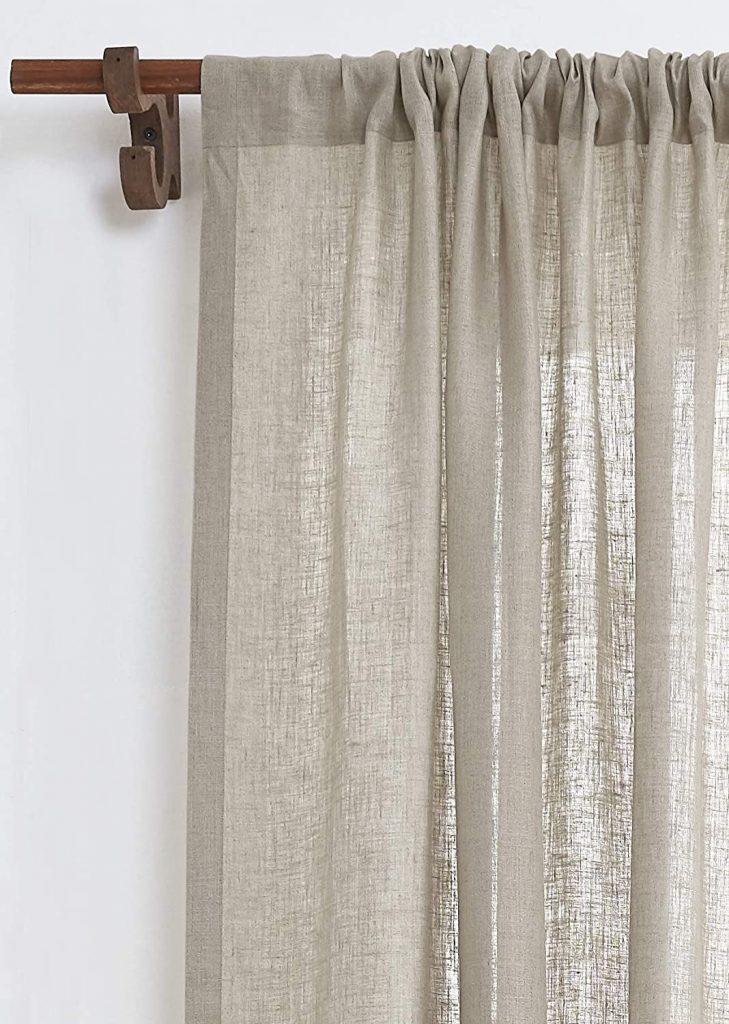
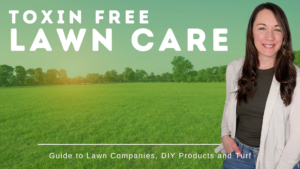


Pingback: A Non Toxic Home for Healthy Kids » Healthy House on the Block